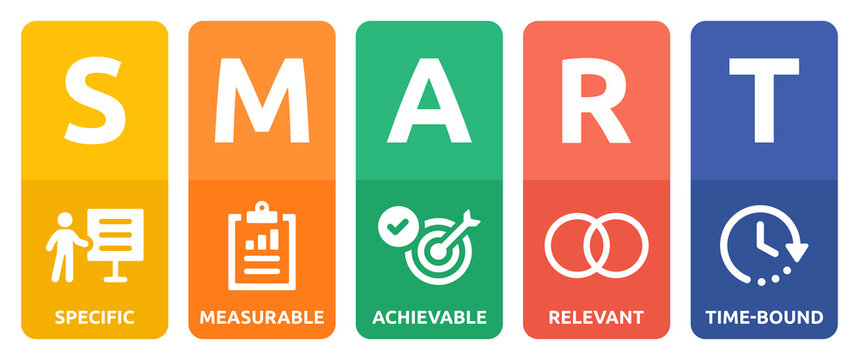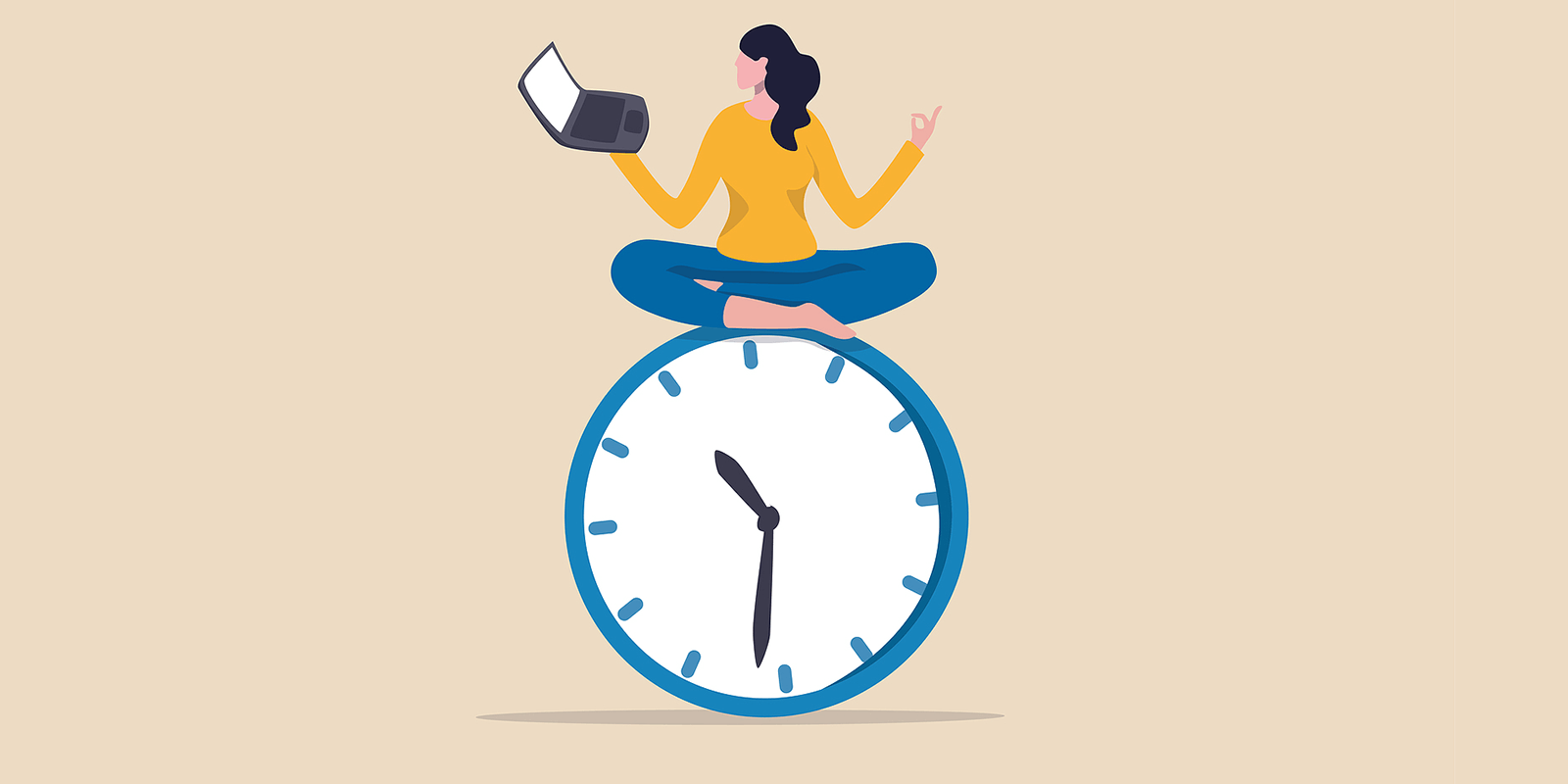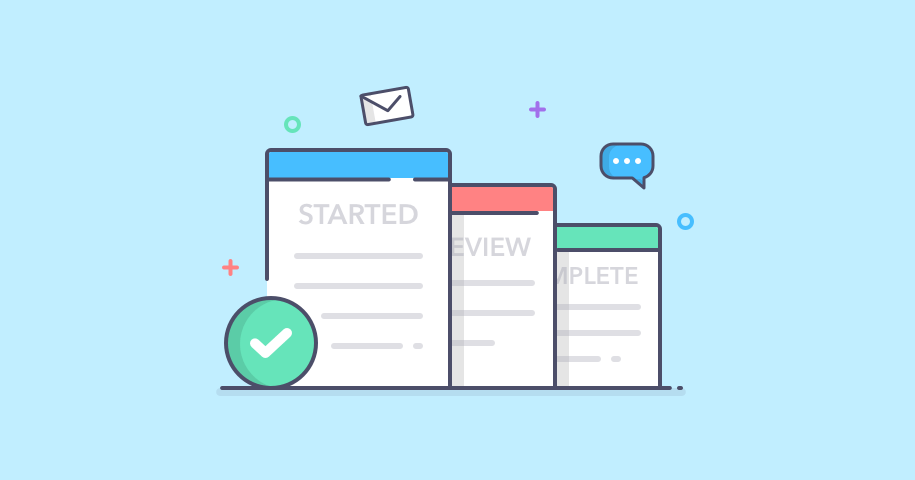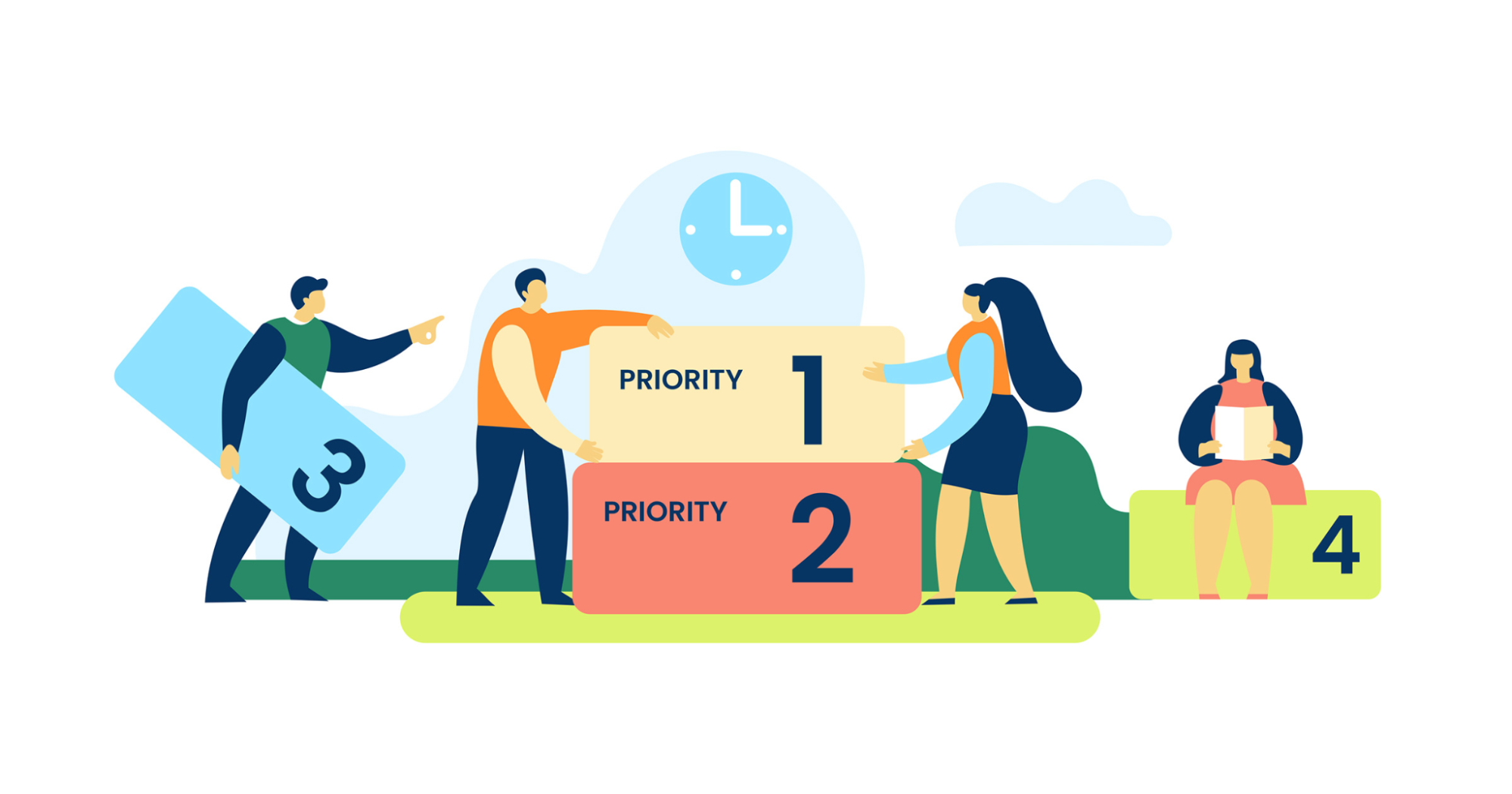On the journey to be productive, you may encounter several obstacles. You may focus fruitlessly on trivial tasks rather than important ones. You might fall into the trap of being busy instead of being effective. You might be frustrated and give up on being productive.
Are you wondering if there is a solution to this deluge of productivity struggles?
Well, yes. Fortunately, you can solve your productivity woes by following a productivity plan. A productivity plan helps you streamline your workflow. It ensures high performance without the risk of burnout. Furthermore, it facilitates task completion and allows you to meet your deadlines without debilitating stress. Finally, you can say it is a time-saving path for goal achievement.
Although keeping up your productivity level seems like an uphill task, the truth is you can boost your productivity by following simple strategies. These include removing distractions, taking technology breaks, and writing down your goals. Combine these strategies and tailor a personalized productivity plan based on your needs. In this blog, we tell you what a productivity plan is, how to create it, and why you should use a modern planner for it.
Let’s dive in.
What Is a Productivity Plan?
A productivity plan is a timetable or a schedule you can follow to boost your productivity.
As all plans do, a productivity plan lends structure to your day. It serves as a blueprint that you can follow to manage your time, complete your work goals, stay within the deadline, and become organized. You can also refer to your productivity plan to achieve your long-term goals. That’s because daily effectiveness generates a long-lasting positive impact on your personal and professional life.
There is no universal productivity plan that applies to everyone. Instead, the plan varies from individual to individual, depending on their needs, preferences, and objectives. That said, specific parameters of productivity apply across the board. This includes smart goal-setting, time management, organization, prioritization, and work-life balance.
Follow the above parameters to devise a productivity plan for yourself and your team. Then, you can fall back on your well-defined plan to execute work tasks professionally. It will help you achieve not just employee productivity but also business productivity.
This means increased output and better outcomes. But remember: a productivity plan is good only if you stick to it. So commit to it thoroughly if you want to reap maximum rewards.
Are you ready to explore how you can create your productivity plan? Read on!
Create Your Productivity Plan Now!
Below is a list of steps to follow in order to create a productivity plan.
1. Set SMART Goals
2. Learn Time Management
3. Organize Your Tasks
4. Prioritize Religiously
5. Use Productivity Strategies
1. Set SMART Goals

Goal-setting is a critical part of your productivity plan. There’s a reason why we have put it right at the top of the list. Most people fail to achieve their goals simply because they do not define them correctly. They either set the bar too low or too high. In both cases, success eludes them eventually.
The thing about goals is that you must define them smartly. They should neither be too small nor too impossible. In the first case, you lose interest and do not feel challenged enough. In the second case, you feel overwhelmed and give up. You can avoid both traps by setting SMART goals.
SMART stands for Specific, Measurable, Achievable, Relevant, and Time-Bound. These are the five parameters you should adhere to when setting goals. Let’s explore what they mean:
- Specific: Clarify and clearly define your goals. Make sure there is no ambiguity. Think about the what, why, when, and how of your goals. This will help you specify it.
- Measurable: Set metrics against which you can measure your goals. It helps you track your progress and pivot if you go off track.
- Achievable: Don’t make the mistake of setting unattainable goals. Make sure your goals are realistic and within the realm of possibility.
- Relevant: Your goals should be relevant to your life purpose. Do not set irrelevant goals because they will detract you from your mission.
- Time-Bound: From the get-go, define the deadline for your goal. Set a starting and end date, so you know the timeframe for completing the task.
2. Learn Time Management

Time management is a crucial productivity skill that enables you to work efficiently. It also helps you make the most of your available hours. Unfortunately, people struggle with time management and end up suffering all the more for it.
Why? Well, because they are unable to manage their time and consequently, their tasks remain unfinished or half-done. They find it challenging to attain their goals and end up experiencing dissatisfaction.
Learn time management skills today for a better tomorrow. You have only so many hours in the day. It is best to structure your schedule around the hours when you feel the most productive.
For example, some people are energized in the morning; for them, it is recommended to complete their most important tasks first thing. On the other hand, some people work better once the morning is over. They should schedule their important tasks for later in the day then.
Below are some time management skills you can start with:
1. Planning: Make it a point to plan your days. Start by listing down the tasks you need to finish. Next, allot timeframes for each slot, whether an hour or more. Finally, stick to the defined schedule to see the results.
2. Delegate Tasks: Do not take everything on your plate simply because you think you can. Allow yourself to delegate tasks to your team members. Outsource work if necessary. Preserve the energy and hours you have for more critical tasks.
3. Set Boundaries: People waste time primarily because of their inability to say no. They allow distractions to overwhelm them when they should be working. Or they are coerced into helping others when their own plate is full. So, make sure to set clear boundaries. Say no when you are pressed for time. This is one surefire way of getting things done.
4. Track your time: Losing track of time is one of the biggest enemies of productivity. If you spend four hours of your work day on a task that should ideally take just one hour to finish, you have a problem on your hands.
Take stock of your schedule and allot time frames to each task according to its complexity, importance, and urgency. Keep a timer on as you work to know when to finish the task. A Pomodoro timer can also be handy as it helps you work in productive time slots, preventing burnout.
3. Try Task Management

Task management is essential because it helps you finish things at the right time. It covers things such as team collaboration, communication, and project management. Organizational skills form a vital part of task management capabilities. It all depends on how well you can sort, categorize and plan your tasks.
Here are a few pro tips about effective task management that you can use to manage your tasks, whether individual or team-based, successfully:
1. Don’t multitask: Multitasking is a myth. Humans are not wired to focus on more than one task at a time. In fact, a study concluded that only 2.5% of people could multitask efficiently. Your active attention is compromised when you try to do multiple things simultaneously.
This, in turn, leads to poor performance. Quit multitasking and instead focus on one task at a time to gain sound outcomes.
2. Use a visualization tool: It is a good task management strategy to visualize your tasks and their progress. For that purpose, you can use kanban boards or Gantt charts. They allow you to track the deadline, learn the team members responsible for a particular task, and measure the progress at a glance.
3. The GTD (Getting Things Done) strategy: As the name suggests, this task management technique is about completing projects and closing loopholes. Unfinished tasks pile up and add to work stress.
For this reason, the best thing to do is to focus on finishing tasks with a singular focus. Make sure to complete the task you have started before jumping on the next one on your to-do list.
4. Prioritize Religiously

Prioritization is important because it helps you separate high-value tasks from low-value ones. Unfortunately, most people experience frustration when it comes to goal achievement because they do not prioritize their work.
They begin working every morning without a clear idea about which task requires their undivided attention first. As a result, they struggle with completing tasks that would take them closer to their ultimate goal.
Use prioritization to get a clear idea about which work needs to be done first. Then, determine the importance of each task and assign time and resources to it accordingly. Then, instead of cluttering your to-do list with anything and everything, aim to keep things clean and focused. Here are a few strategies of task prioritization you can use starting now:
1. Make a to-do list: This is one of the basic prioritization tricks. As you start your day, write everything you need to complete in a list format. Do not worry about numbering the list as you are writing.
Once you have the entire task list, you can number the tasks according to priority. Use paper-based lists or a tool but don’t forget to list everything down. It is the first step toward starting and then completing tasks on time.
2. Use the Eisenhower Matrix: This is a more sophisticated and effective way to prioritize your tasks. It helps you assess each task’s importance and urgency level before putting it into one of the four categories: important and urgent; not important but urgent; urgent but not important; neither important nor urgent.
Then, as you define your tasks according to these parameters, you can focus on the work that adds the most value to your day and complete it first.
3. Use the Ivy Lee Method: Formulated by productivity expert Ivy Lee, this technique is a simple way to streamline your tasks according to their importance. All you have to do is list the six tasks you consider most important and worthy of your attention.
Then, as you begin your work, focus on the first task out of the six you have listed. Work on it until it is complete before moving on to the next task. This consistency helps you finish work while maintaining quality.
5. Use Productivity Strategies

Productivity strategies are effective and proven ways of achieving more in less time. You can attain higher business productivity by using productivity techniques. They help you focus on what’s more important. They also allow you to capitalize on your available hours and get the most out of them.
People struggle with productivity because they don’t know how to be productive. They spend time and energy on tasks only to end up with nothing to show for it. They might also experience delays. As their tasks pile up, they suffer from anxiety which fuels poor performance. Break this loop by implementing effective productivity strategies daily.
Here are a few productivity tips you can use to attain optimal benefits from your work day:
1. Time blocking: This technique is about dividing your workday into time blocks. Dedicate each time block to a specific task. Then, focus on that predefined task in its time slot without letting distractions get in the way.
For instance, you can block a time for meetings. Attend team meetings in the time block you have set aside for them and not during any other period during the day.
2. Batch similar tasks: This is a helpful way to get similar things done in succession. Categorize your tasks in terms of their nature. For instance, work correspondence would include sending and replying to emails, attending internal meetings, and meeting with clients.
Batch these tasks together and complete them in a one-time slot. This ensures uninterrupted workflow, allowing you to achieve improved outcomes.
3. Remove repetitive tasks: Nothing eats away at your productivity more than mundane tasks. Try and identify the repetitive tasks of your work day which add little to no value to your life. For instance, you may discover you spend precious time sending out reminders daily to clients.
Once you have identified the problem, look for alternative ways. For example, you can get a reminder tool that sends alerts automatically without demanding your manual intervention. Once you quit focusing on these repetitive tasks every day, you will find yourself with a lot more time on your hands to do things that truly matter.
Why Use a Productivity Planner?
Maintaining your productivity levels is no mean feat. You can develop a productivity plan but following it is another deal altogether. Tracking your productivity is also a whole different ball game. However, there is an easy way to do it all: use a productivity planner.
A productivity tool ensures that your productivity improvement plan yields the desired results. Think of it like a calendar, a personal assistant, and a tracker all rolled into one. As a human being, you may forget a looming deadline or allot too many hours to a low-value task. In this case, a productivity tool is handy because it does not let you err.
It provides a visual and secure dashboard where you can view, sort, and track all your work tasks. You can also add your team members to the dashboard if you wish to achieve employee productivity and ease the collaboration process. Such tools are accessible from phones or computers. This means you can log into your planner and align your work day with your schedule no matter where you are.
A modern productivity app like Week Plan keeps you on track. It leverages automation to help you track your deadlines, prioritize your tasks and manage your time. It comes integrated with a timer that you can use while working. Time-tracking such as this allows you to work on time and with breaks to avoid burnout. It is one of the best productivity tools in the market, with really no downside to using it. Explore the platform before you take the leap and start using it.
Conclusion
Now that you know what a productivity plan does and how to create it for optimal rewards, don’t wait anymore. Craft your productivity plan today and make the most of your time.
As recommended above, look into the best productivity planning app available in the market. They are the modern way to structure your life and achieve your short- and long-term goals. Supercharge your productivity today by following a productivity plan and using a planning tool; Start with Week Plan and try it out for free before purchasing it. Good luck on your productivity journey!

More Posts
10 Best Project Management Software for Startups
When you're starting up, every move you make matters. You need systems that work seamlessly from budgeting to hiring, marketing to sales. Amid all these concerns, managing projects becomes pivotal. And, if you're...
Effectiveness Weekly Digest #1
March 26 to April 1
OKR Case Studies: 5 businesses who successfully Use OKRs
Before switching to OKR’s, every company has some sort of fear regarding the impact of this framework to their business. The best way to help them overcome this fear is by letting them...
11 Reasons You're Unable to Stick to Your Weekly Priorities
Do you often find yourself overwhelmed by your weekly plans? Sticking to priorities can be tough, especially when life gets busy. Whether you’re managing personal goals or professional responsibilities, falling off track might...